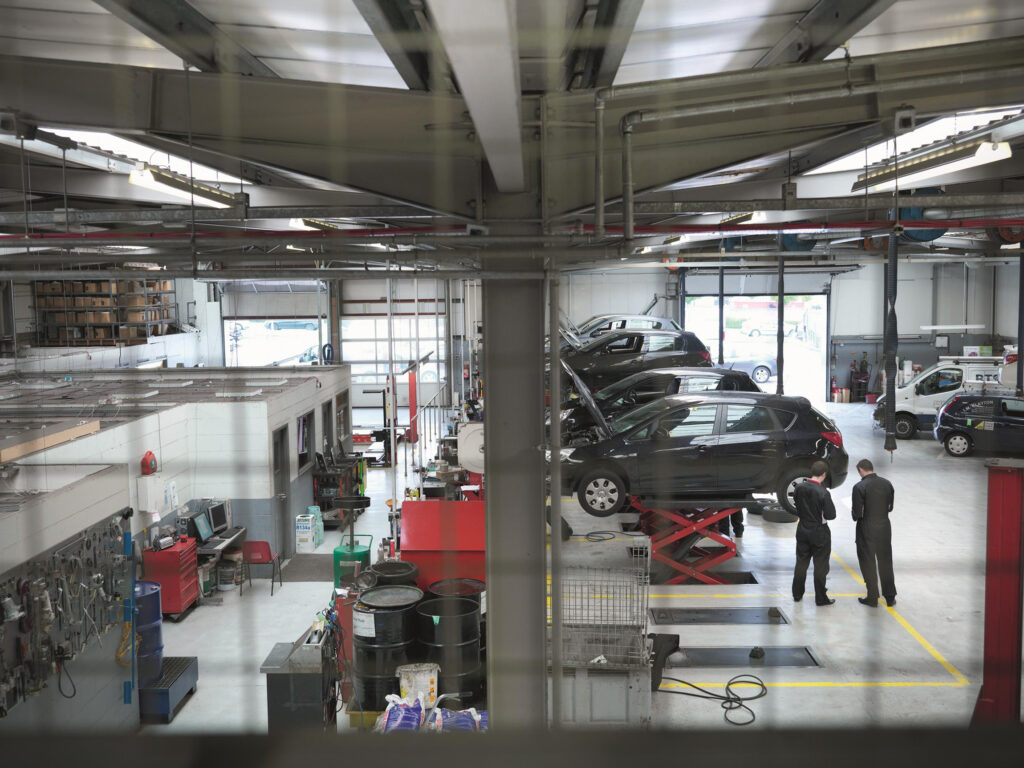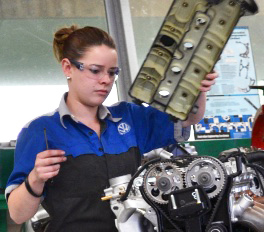Consolidation of automotive repair industry continues
- PostedPublished 18 September 2015
Although the impending closure of Ford, Holden and Toyota manufacturing in Australia gets the headlines, the almost 2800 businesses from across the automotive spectrum closed in the 2012/2013 financial year.

Among them were 765 mechanical repair and maintenance businesses, 630 paint, panel and interior repair businesses, 173 new parts wholesalers, 55 parts manufacturers and 13 electrical component manufacturers – and that’s just the business types that tend to be, or employ, VASA members.
These statistics, gathered by the Australian Bureau of Statistics and compiled by Auto Skills Australia (ASA) for its 2015 Automotive Environmental Scan report, reflect an accelerating trend of business consolidation.
Currently small businesses comprise more than 95 per cent of the automotive industry, but ASA modelling projects that this will decrease to 84 per cent by the end of the decade.
ASA’s research revealed that independent sole proprietor or partnership businesses in the automotive mechanical and body repair sectors are battling for survival against numerous factors.
Among them are rising operational and administrative costs, longer vehicle warranties and capped-price servicing on new vehicles, rapid technological change and challenges accessing up-to-date technical information, and the constant need to invest in expensive equipment and skills upgrades to keep pace with the diagnostic and repair requirements of complex modern vehicles.
The ASA report acknowledges that while the recent unlocking of access to OEM vehicle and repair and maintenance information may help keep some small independent businesses in the game, the overall trend makes it all but inevitable that the future will be home to fewer independent repairers and less choice for consumers as a result.
It goes on to say that some see this as a good thing for the industry and a natural cleansing of “marginal, under capitalised, under resourced” businesses that “often portray a negative stereotype of the industry through unappealing, unsafe and ‘dirty’ workshop environments”.

“Proponents argue that a modern, clean, safe and efficient corporatised workshop that is able to invest in capital equipment and skills training is the way forward for the industry, both in terms of image, career prospects and the ability to attract future recruits, even if it ultimately means fewer ‘players’ within the market.”
In its annual national survey of 400 automotive businesses, ASA found a “slight deterioration” in business conditions compared with the previous year.
A 40.1 per cent majority of respondents said they were experiencing ‘variable’ business conditions, while 26.2 per cent reported ‘below average’ growth and 10.7 per cent reported ‘poor’ businesses conditions.
On the upside, 18 per cent reported ‘positive’ businesses conditions and five per cent reported ‘buoyant. For comparison the 2013 survey found just 2.7 per cent of respondents said conditions were ‘buoyant’.
The majority (48.7) also said they were expecting mild growth in 2015 compared with 42.7 per cent the previous year, while those expecting strong growth remained almost static at 5.9 per cent compared with six per cent in 2014.
Respondents expecting no change shrank from 30.2 per cent in 2013 to 23.6 per cent in 2014 but 16.3 per cent thought they were in for below average growth compared with 13.8 per cent in 2013. The opposite was true for those expecting a decline in business, down from 7.3 per cent in 2013 to 5.5 per cent in 2014.
- CategoriesIn SightGlass
- TagsSightGlass News Issue 3



